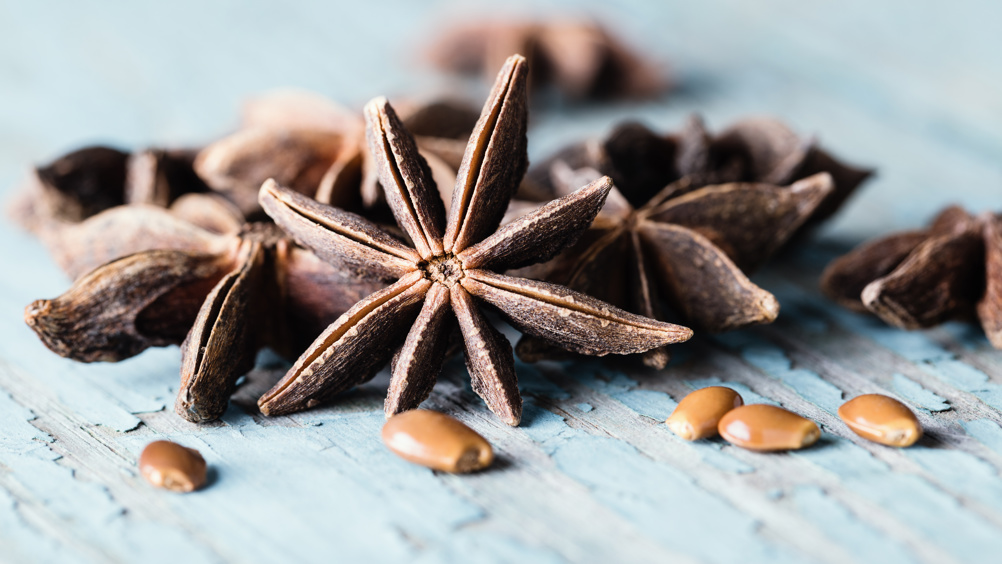References
Wound healing activity of Pimpinella anisum methanolic extract in streptozotocin-induced diabetic rats

Abstract
Objective:
To assess the wound healing potential of Pimpinella anisum on cutaneous wounds in diabetic rats.
Method:
Full-thickness excisional wounds were made on the back of male, Sprague-Dawley rats with diabetes. The rats were randomly allocated into four treatment groups: 1ml basal cream; tetracycline (3%); Pimpinella anisum 10% for 14 days; and a control group. At days seven, 14 and 21 post-injury, five animals of each group were euthanised, and wounds were assessed through gross, histopathological and oxidant/antioxidant evaluations. Additionally, the dry matter and hydroxyproline contents of the skin samples were measured.
Results:
A total of 60 rats were used in the study. A significant decrease in the wound size was observed in treated animals with Pimpinella anisum compared with other groups during the experiment. Additionally, treatment with Pimpinella anisum decreased the number of lymphocytes and improved the number of fibroblasts at the earlier stages and increased a number of fibrocytes at the later stages of wound healing. Other parameters such as re-epithelialisation, tissue alignment, greater maturity of collagen fibres and large capillary-sized blood vessels revealed significant changes when compared with the control. Pimpinella anisum significantly reverted oxidative changes of total antioxidant capacity, malondialdehyde and glutathione peroxidase induced by diabetic wounds (p<0.05). Furthermore, it significantly increased the dry matter and hydroxyproline contents at various stages of wound healing (p<0.05).
Conclusion:
The present study showed that application of Pimpinella anisum extract promotes wound healing activity in diabetic rats. The wound-healing property of Pimpinella anisum can be attributed to the phytoconstituents present in the plant.
Wound healing is a normal biological process of repair, following injury to the skin and other soft tissues, which is achieved through overlapping phases such as haemostasis, inflammation, proliferation and maturation.1 A fibrous scar containing large amounts of collagen is an end product of this process. Well-vascularised granulation tissue that is made within the wound area is responsible for synthesis of collagen, and provides strength and integrity to the dermis.2,3 Many important factors such as malnutrition, ageing, medication, radiation, and some diseases including diabetes, hypertension and obesity are associated with delayed wound healing.1,4
Wounds in patients with diabetes can be hard-to-heal, taking months despite essential and appropriate care.4,5 However, the exact pathogenesis of poor wound healing in patients with diabetes is not completely clear. The decrease of collagen content due to reduced biosynthesis and/or accelerated degradation of newly synthesised collagen and also the oxidative and inflammatory changes are thought to be the main causes.2,5
Register now to continue reading
Thank you for visiting Journal of Wound Care's Silk Road Supplement and reading some of our peer-reviewed resources for healthcare professionals across Asia. To read more, please register today.
